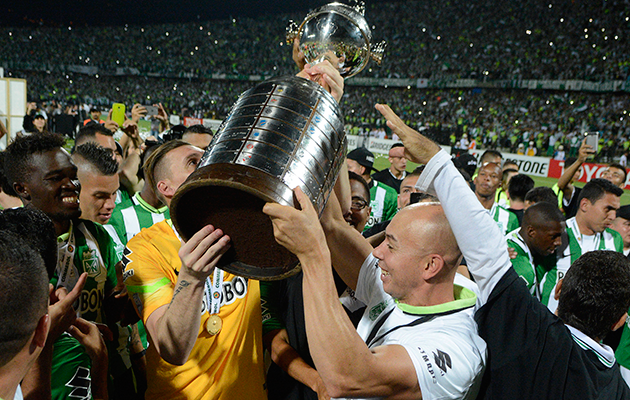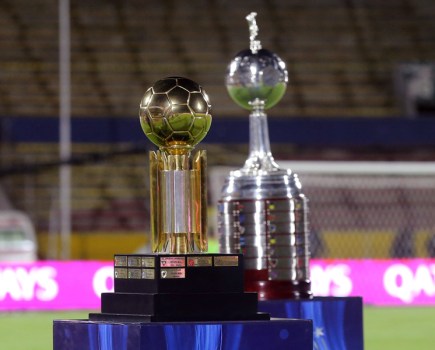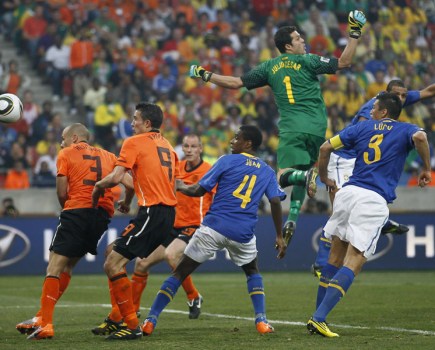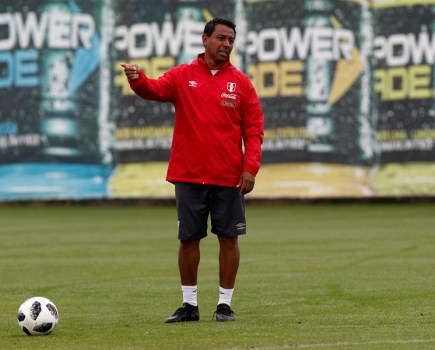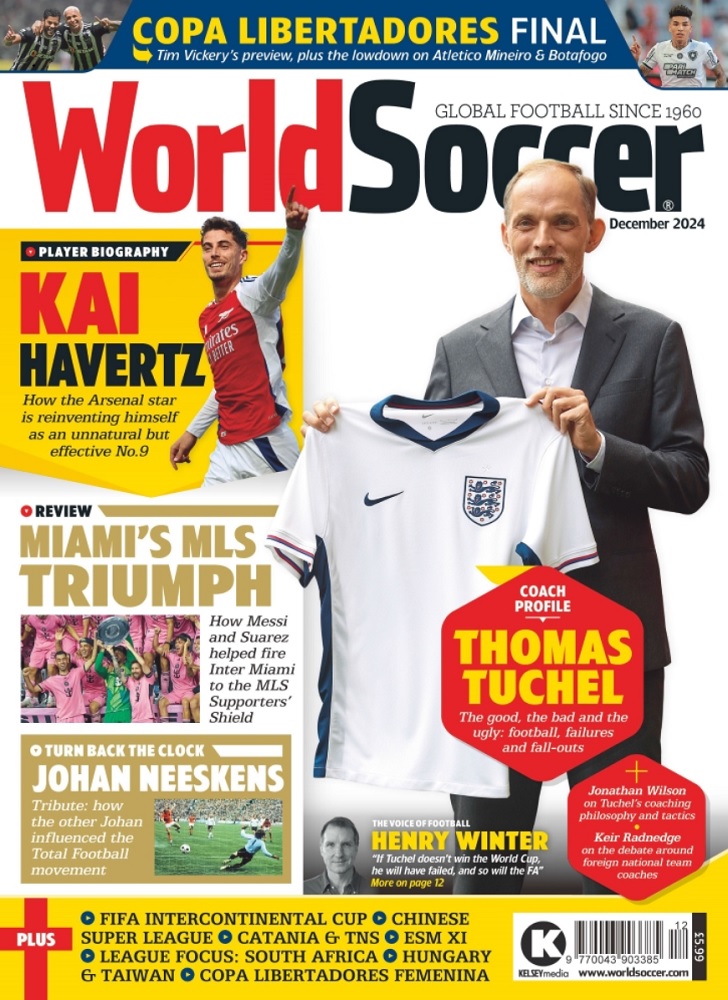No longer squeezed into the first half of the year, the Copa Libertadores will now be played from late this month all the way through to the end of November.
This is a consequence of a hurried, panicky re-organisation from Conmebol, fearing a breakaway from the clubs and searching for ways to make their flagship competition more lucrative. For 2017 at least, the re-organisation has proved too hurried and panicky for the Mexicans, who, citing incompatibility with their domestic calendar, have pulled out.
Invited to take part since 1998, the Mexicans bring access to a giant TV market, and their absence, even if it does prove to be for a year only, will be felt. The need to replace the three Mexican teams has added an extra phase to the competition, and means that the qualifying round is now a three stage process.
In one week at the end of January, with games on Monday and Friday, there is a knock out round involving a team each from Bolivia, Ecuador, Peru, Paraguay, Uruguay and Venezuela. The three winners, essentially replacements for the Mexicans, take their place in the phase two, when over a fortnight 16 clubs are whittle down to eight, followed by a third stage in the second half of February from which the four qualifiers emerge.
The group stage proper, then, does not get underway until March, a little later than in the past. But basically the structure is the same; eight groups of four, played over two and a half months, with the top two in each group making it through to the knock out stage.
Up to this point, the process is similar to previous years. But here the changes begin. Very little happens between the end of the group stage, in late May, and the start of the quarter finals, in mid-September. In this three and a half month period there are just two weeks of activity.
After a pause of over a month, the first legs of the round of 16 take place in early July. The return matches are over a month later. And then there is another gap of over a month before the quarter finals get underway.
But while not much might be happening on the pitch between late May and mid-September, plenty might be taking place off it. This period, of course, coincides with the European summer transfer window. Players who have given a strong showing in the early stages of the Libertadores might find themselves whisked away to the other side of the Atlantic by the time the competition moves into the decisive phase. This is the inevitable hazard of staging a tournament throughout the calendar year. But there is another defect which is entirely self-inflicted.
That round of 16, split between July and August, should be interesting. Last year, for example, it was when Corinthians of Brazil fell to Nacional of Uruguay, and when Buenos Aires giants River Plate were astonishingly eliminated by little Independiente del Valle of Ecuador, who went on to reach the final. With the unpredictability of contemporary South American club football, this round is potentially full of drama and surprise. It would make sense, then, to use the time available to spread out the games and give them all a build up. But in both legs, the 8 matches are squeezed into three days – which seems a very strange way to give extra value to the competition.
In part this would appear to be cause by the need to find space for the continent’s second competition. If the Libertadores is the Champions League equivalent, then the Copa Sudamericana is the Europa League. It has always been played in the second half of the year, taking over after the completion of the Libertadores. Now they run together, with the Sudamericana starting and ending a little later, going from early March to mid-December.
How would they be separated? Europe, of course, does it by playing Champions League games on Tuesday and Wednesday, leaving Thursday for the Europa League. South America has reserved different weeks for the two competitions – until the closing stages. From the quarter finals of the Libertadores onwards, the two are played together – a format that does not look ideal.
Future years may well see a one off Libertadores final on a neutral ground. Attempts to implement it this year were de-railed by powerful counter-arguments – that, in comparison with Europe distances are so much greater in South America, travel is more expensive and income not so well distributed. For the time being, at least, the home and away format is preserved. But there is a real desire to make sure that the two legs of the final are showpiece occasions.
Surely, though, such a desire is undercut by the calendar. Because, unlike Europe, the club year does not build towards the climax of the most important competition. Instead, the finals of the Libertadores are flanked by the semi finals of the Sudamericana. The former will take place on the Wednesday. The latter, on the Tuesday and Thursday, with the two legged final to come afterwards.
The dominant idea here has clearly been the need to define the continent’s representative in the Club World Cup. With the Libertadores coming to an end on November 29th, there are two weeks available for the champion to organise itself and prepare to win the global title. December 13th, finishing date for the Sudamericana, would be too late.
Nevertheless, it does seem strange that South America’s club calendar builds towards a climax represented by the final of by far the lesser of the two continental competitions. With this, and the problems of the transfer window, it might be worth having a rethink. If both competitions are to be run together, would it not be better to stage them along the lines of the European season – starting in August, pausing for the South American summer, and then resuming between February and the end of May?

